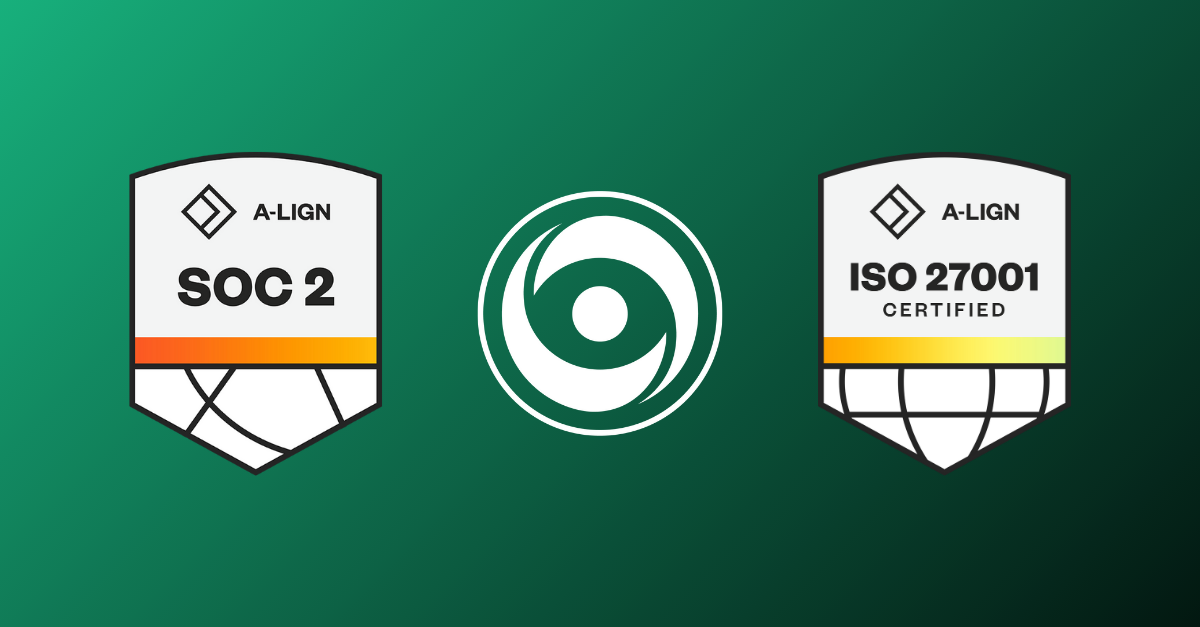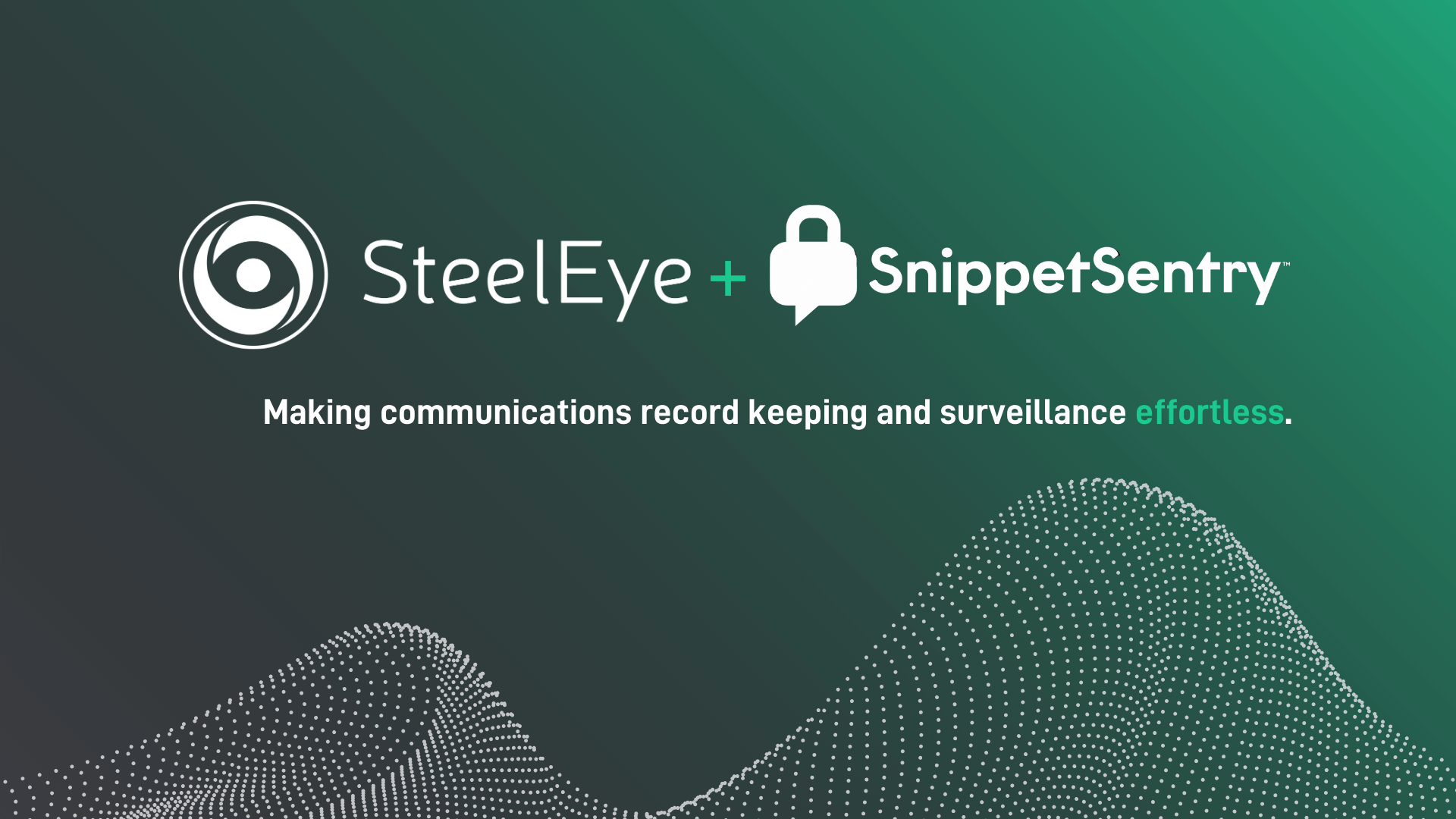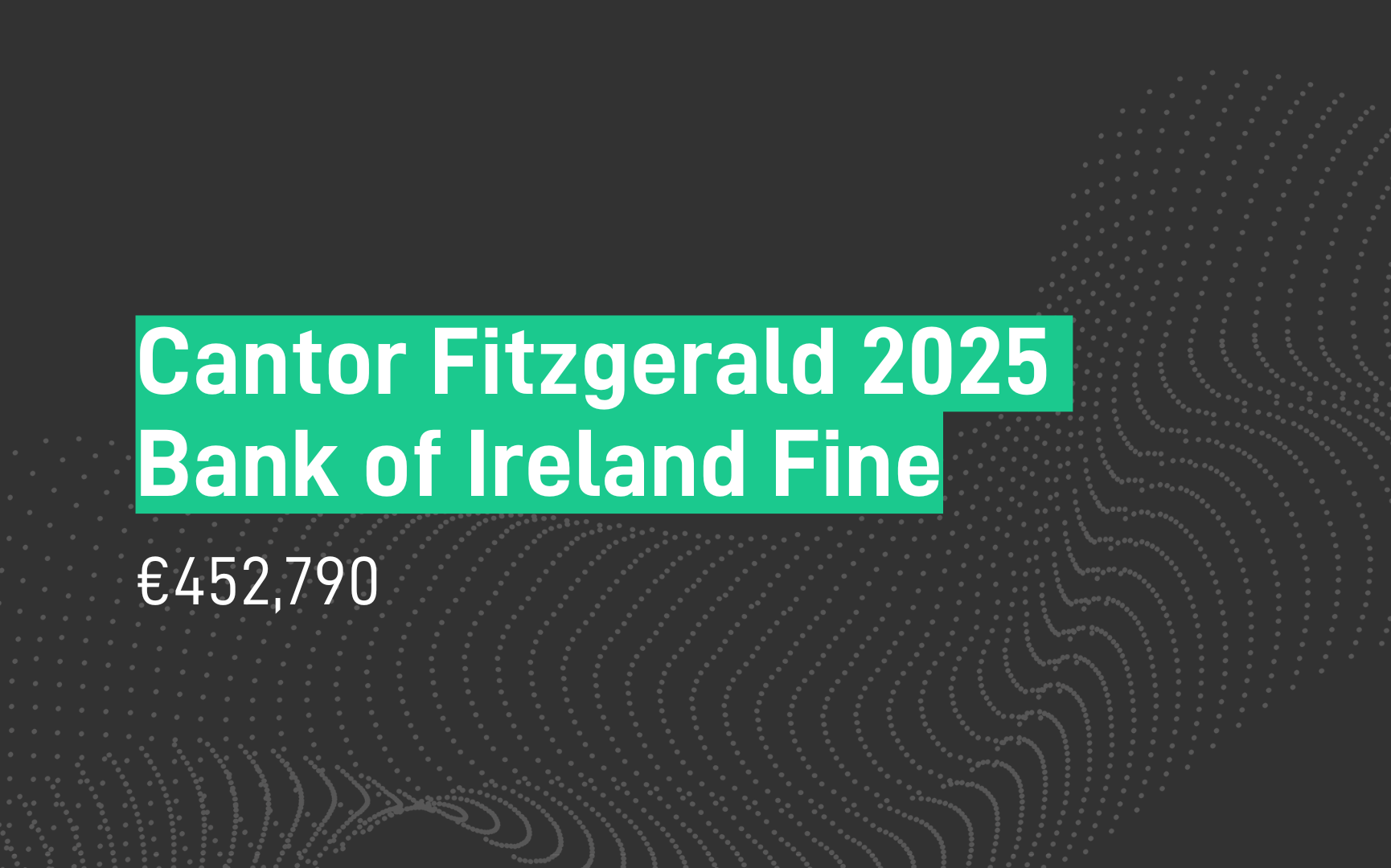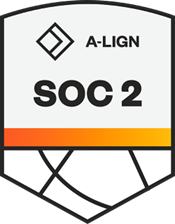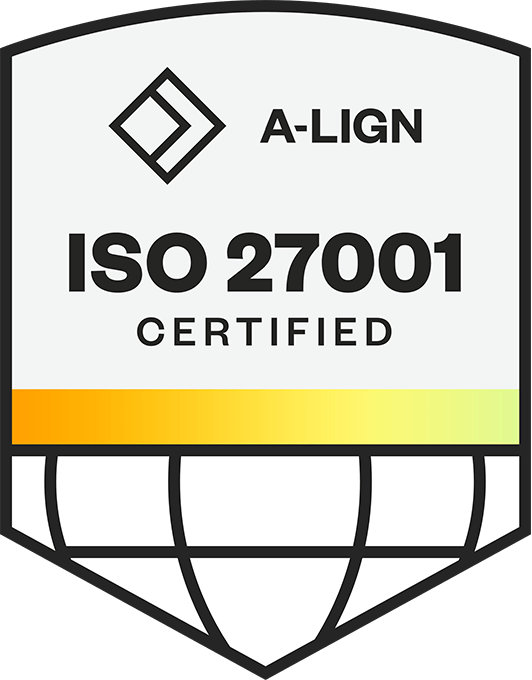As discussed in the first installation of our integrated surveillance blog series, the unaligned trade and communications surveillance systems most firms rely on today can no longer keep pace with the ever-changing financial services landscape.
Whether it is inefficient workflows, manual processes, or the proliferation of data and systems they result in, unaligned trade and communications platforms should be a thing of the past, and all signs point to integrated surveillance as the future. The only question that remains is: when does the future start?
Integrated surveillance refers to the ability to holistically combine, monitor, and analyze structured and unstructured data across trades, orders, communications, and contextual sources, such as news and market data. Doing so can uncover risks that otherwise go unnoticed when trade and communications surveillance systems are siloed. An integrated approach also reduces false positives, allowing compliance teams to optimize review time and enabling firms to carry out trade reconstructions efficiently and effectively.
The benefits of this practice are rarely disputed, but if all this is true, why aren’t more firms further along in the journey? This is partly because of several perceived challenges that are holding the industry back. Adoption is undoubtedly moving in the right direction, with investment in integrated surveillance up 100% between 2022 and 2023. However, 74% of firms are still not driving an integrated agenda.
In this blog, we address the most common misconceptions stopping financial services firms from making the jump to integrated surveillance and why this practice is the future of surveillance.
Contents:
Common Integrated Surveillance Misconceptions

1. It will be extremely costly and complicated to bring my siloed data together
Up to this point, it has been notoriously difficult and complicated for financial firms to manage their data. Financial firms tend to support a range of trading and trade management solutions across different asset classes, regions, and businesses. Communications also tend to be spread across an ever-expanding list of digital and traditional communications channels. And that is not mentioning the wealth of other platforms and systems financial firms support.
Given this proliferation of platforms, asking firms to bring this data together on a single platform can be seen as a daunting, borderline impossible task. And up until recently, bringing structured and unstructured data together on a single platform wasn’t possible, adding further skepticism.
Response:
Consolidating siloed data on a single platform is no longer prohibitively difficult, complex, or costly. Modern technology platforms that leverage the computing power and scalability of the cloud now excel at bringing vast volumes of structured and unstructured data together both effectively and efficiently.
Of course, there is still a lift in getting data onto an integrated platform. However, due to the fact that integrated surveillance providers have pre-existing connectivity to the platforms that financial firms need to capture data from, they can offer a speedy and seamless integration process with minimal effort from the client.
Migrating to an integrated platform can also be done in bite sized chunks by focusing on one data stream at a time or as a larger one-off project where all data is integrated simultaneously. Regardless of what path a firm takes, with an integrated surveillance approach, long and costly integrations are a thing of the past.
 2. Making use of my data will be difficult
2. Making use of my data will be difficult
Storing the data is one thing but making it usable is a separate challenge due to the complexities of merging and linking structured and unstructured data. Consequently, many firms do not think it is possible to leverage a single platform to make use of all their data. Past experiences trying but failing to build data lakes within financial services have contributed to this misconception.
Response:
Concerns about how to leverage data are not unfounded, as it is not simple to produce an application that works seamlessly and at scale across structured and unstructured data. However, it is possible and there are powerful surveillance platforms that excel at doing exactly this. Leveraging technologies like Elasticsearch, these platforms can not only bring together but make vast volumes of structured and unstructured data usable.
Much of the secret sauce lies in working with a platform that is data centric. Selecting a solution that focuses on solving for data challenges at the core is crucial when looking to adopt an integrated surveillance strategy.
 3. The way that I have always done it works and will be sufficient in the future
3. The way that I have always done it works and will be sufficient in the future
There is a misconception that what has worked in the past will continue to be effective in the future. For example, there are highly skilled professionals in the market who have only ever focused on either communications or trade surveillance, where the firm supports completely separate teams for these two processes. In many instances, regulators have examined and signed off on this approach to compliance. This stamp of approval has given compliance leaders the confidence to keep going with their current approach. However, this is not to say that this will continue to be acceptable in the future.
Response:
The view that what has worked in the past will continue to work in the future is not going to pass for much longer. While regulatory rules may not have changed much in recent years, the expectations of regulators are changing. Advancements in technology and capabilities mean that regulators expect much more from the firms they regulate than they did five years ago. And they will expect even more if we look five years into the future. We know that operating unaligned trade and communications surveillance platforms is inefficient and leads to missed risk, and it is only a matter of time before regulators start to ask what firms are doing around integrated trade and communications surveillance.
It is understandable that when a firm has a process or product that has been reliable in the past, they may not see why they should change to a more modern alternative. However, this should not be a reason to not at least consider an integrated approach.
It is also worth noting that the introduction of integrated surveillance does not change or replace the principles of a robust operating model, grounded in compliance and continually refined policies, handbooks, and procedures.
While processes will need to evolve, the journey should be viewed as an evolution, not a revolution.

4. This seems like unproven technology that will not be accepted by the regulator
The stakes for financial services firms are high when it comes to getting their trade and communications surveillance right, as evidenced by the record number of fines handed out globally in 2022. Some firms are concerned that because regulators haven’t explicitly endorsed integrated trade and communications surveillance, it isn’t worth adopting an integrated approach.
Response:
Regulators want to see that firms have implemented robust risk and surveillance programs. While they haven’t explicitly endorsed integrated surveillance yet, they are aware of the benefits of integrated surveillance. For example, during consultations with SteelEye, the primary regulatory bodies have been overtly complimentary of integrated surveillance, and it is apparent that the practice will not hinder regulatory examinations, but rather enhance them.
Essentially, the key is that any approach needs to meet all of the requirements laid out by regulators. Integrated surveillance enables financial firms to meet those requirements more effectively and in a more futureproofed way.
Making a pragmatic move towards integrated surveillance – one stream at a time
As mentioned above, integrated surveillance should be viewed as a journey and not a solution. Working with a platform that can integrate a wide range of structured and unstructured data sources is critical. However, that does not mean that a firm has to do the data lift in one big project.
Many firms that have adopted an integrated surveillance approach have done so one stream at a time. This is a great way for firms to level resources and make the jump to integrated trade and communications surveillance easier. This could resemble something like the following:
-
Migrate to an integrated platform and integrate all applicable communications channels.
-
Add in voice, transcription, and translation. Embed the tools that work seamlessly across all communications channels.
-
Apply false positive reduction techniques to ensure you have enhanced and efficient surveillance controls targeting real issues.
-
Turn your attention to trade surveillance and do the same - benchmark against your current compliance handbook.
-
Layer in the additional value of the integrated offering and realign your teams to maximize the value.
In this approach, you can’t lose any of the functionality or benefits of the individual stacks, and only once firms are comfortable with their existing processes on the new platform will they be ready to take advantage of the full integration between trade and communications surveillance.
The Future of Surveillance
By utilizing an integrated approach, the benefits offered to users and regulators alike are noticeable. The most logical place to visualize this intersection of trade and communications surveillance is trade reconstructions. Often, piecing data together for a regulator across multiple systems makes the regulatory timeframes nearly impossible to meet, and when firms do meet them, accuracy and completeness often suffer. However, with an integrated trade and communications platform, trade reconstructions can be carried out accurately within seconds.
There is a wealth of benefits firms can realize beyond just the trade reconstruction use case, and in reality, there are very few reasons why firms should not make the jump to integrated trade and communications surveillance.
Integrated surveillance offers financial firms a single source of truth, where surveillance teams no longer need to look in multiple places to assess risk. When firms have complete control over their data, they'll be able to react to challenges faster and smarter – enabling them to comply with confidence. Integrated surveillance is also future-proofed and built to meet the compliance requirements not just of today, but also tomorrow.
While there are still market participants that need to be won over by the idea of integrated surveillance, there are already plenty of proactive, tech-forward firms who are making the investment and committing to a fully integrated approach. SteelEye is encouraged to see the long-term thinking of these firms when it comes to their compliance strategy, and it’s only a matter of time before the rest of the market finds out what they have already known – integrated surveillance is the future.
How SteelEye can help

Wayne Gretsky, who is considered to be the greatest hockey player of all time, identified the key to winning as, "skating to where the puck is going, not where it has been." Since 2017, SteelEye has strived to be at the forefront of innovation in the RegTech space, and through our journey, it has become clear that the surveillance puck is going to full integration. It is not a matter of if, but simply when.
Today, SteelEye is the only fully integrated trade and communications surveillance solution in the market. We empower financial firms with the data-driven tools and complete insights they need to focus on what matters, all from a single platform.
SteelEye's SaaS-based platform captures all of a firm's structured and unstructured data across any asset class, communication type, and system – unifying it under a single lens. Proactive monitoring and intelligent alerts empower firms to effectively detect potential market manipulation and compliance breaches while contextual data from systems that would otherwise not be connected reduces false positives.
SteelEye's cutting-edge technology enables our clients to boost productivity, lower the total cost of ownership, and gain a competitive edge through data intelligence.
By opting for SteelEye, firms gain more than just a solution - they embark on a strategically sound path for sustainable trade surveillance and comprehensive oversight for effective communications compliance, all from a single platform.
Turn Supervision into Super Vision
Contact our team of compliance experts to see our platform in action or to learn more about how we can help your firm gain a competitive advantage.
SPEAK WITH US TODAY



 2.
2. 


